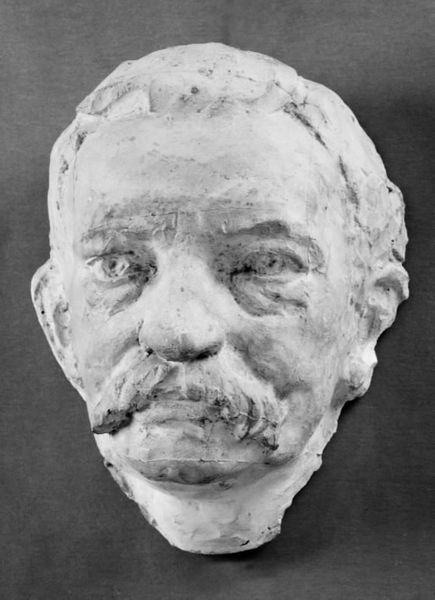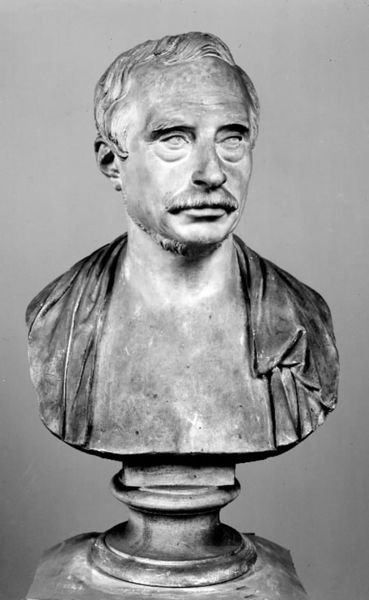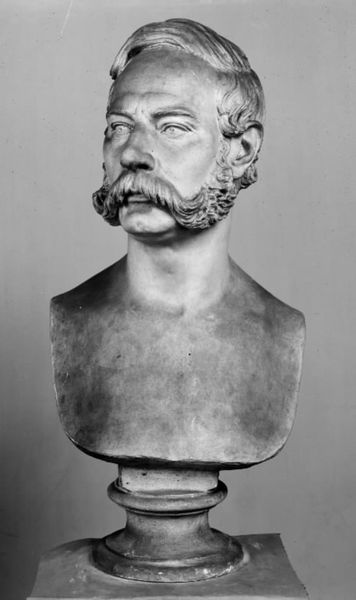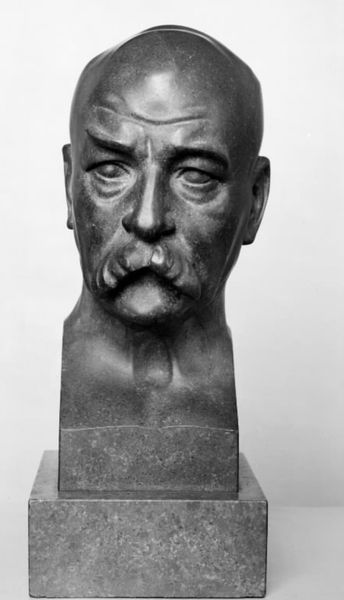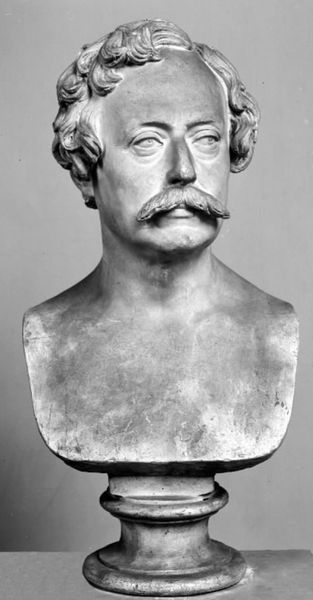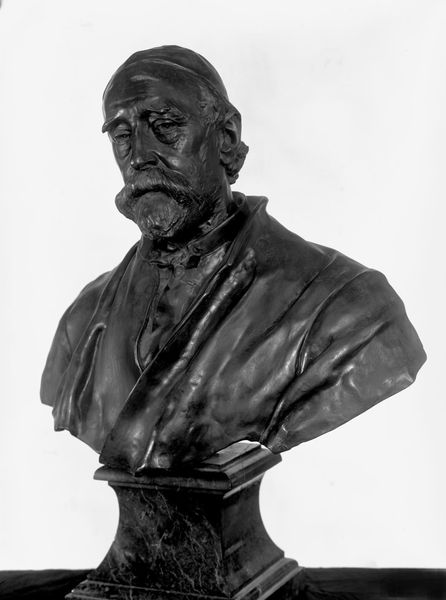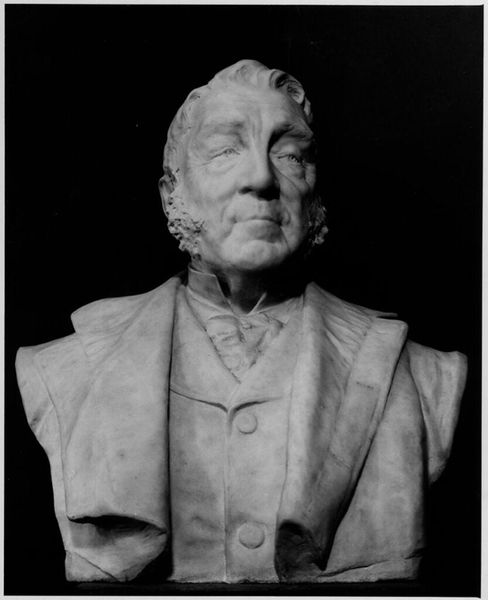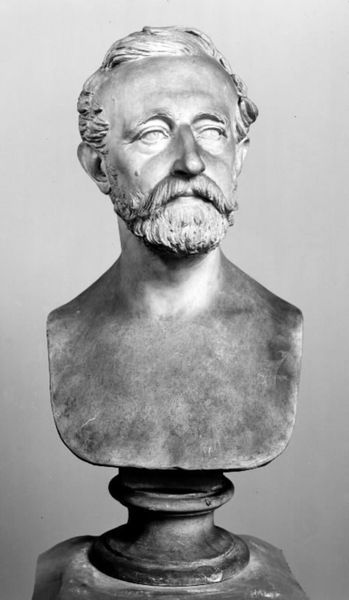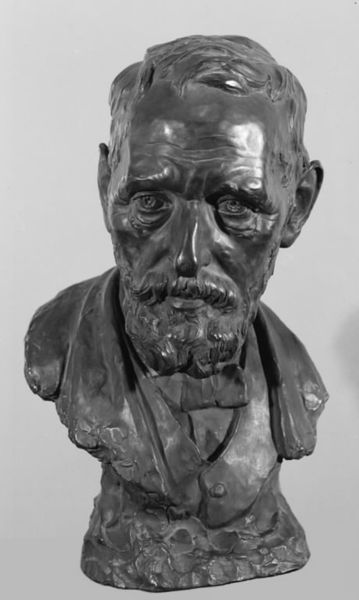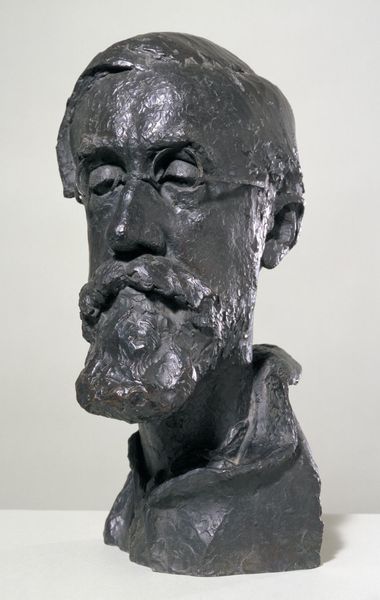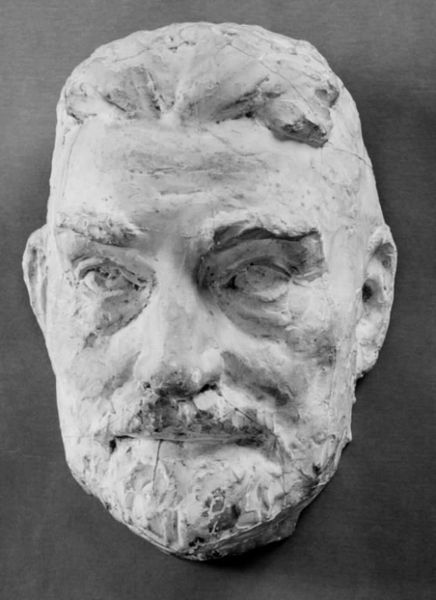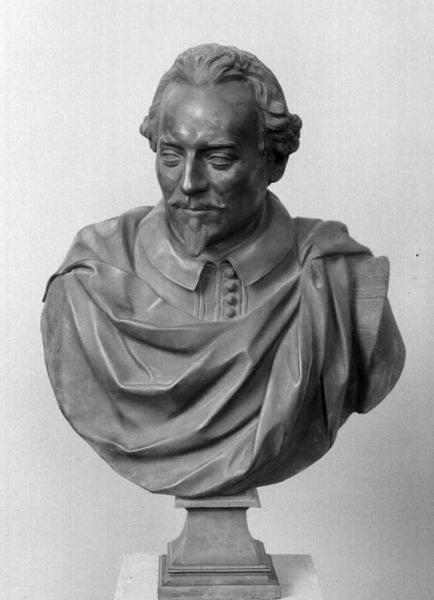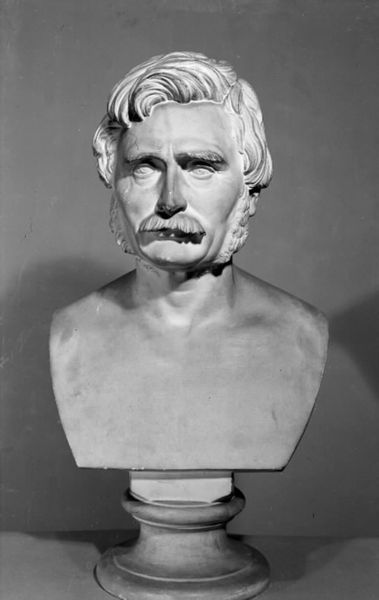
sculpture, marble
#
portrait
#
neoclacissism
#
head
#
portrait image
#
portrait
#
male portrait
#
portrait reference
#
portrait head and shoulder
#
sculpture
#
portrait drawing
#
facial portrait
#
marble
#
forehead
#
portrait art
#
fine art portrait
#
digital portrait
Copyright: Public domain
Editor: Here we have a Neoclassical marble bust depicting Filippo Cifariello by Francesco Netti. Its serious expression makes me wonder about the sitter. What can you tell me about the symbolism present in this portrait? Curator: This piece strongly recalls the Roman Republican portrait busts. Consider the verism, that unflinching realism meant to convey gravitas and experience. It goes beyond mere physical likeness, suggesting something deeper, an idealized notion of leadership and civic virtue rooted in cultural memory. Do you see that in his gaze? Editor: Yes, I notice that the artist captured a certain weightiness, a contemplative quality. Would someone viewing this piece in Netti’s time understand the connection to those Roman ideals? Curator: Absolutely. Neoclassicism was, in part, a deliberate revival. By employing these visual cues—the marble itself, the style—Netti connects Cifariello to that lineage. It's not just a portrait, but a statement about the sitter’s character and place within a broader historical and cultural context. The visual vocabulary is one of power and permanence. Editor: That makes so much sense. I’m starting to understand how the visual language creates a dialogue with the past. Curator: Exactly. Every element—the severe expression, the material, the Neoclassical style—contributes to the overall symbolic message. It is more than just a sculpture, it is cultural memory made visible. Editor: It's fascinating how symbols can connect us to history and shape our understanding. Curator: Indeed. The portrait acts as a constant link between past and present. It’s a way of keeping that cultural conversation alive.
Comments
No comments
Be the first to comment and join the conversation on the ultimate creative platform.
